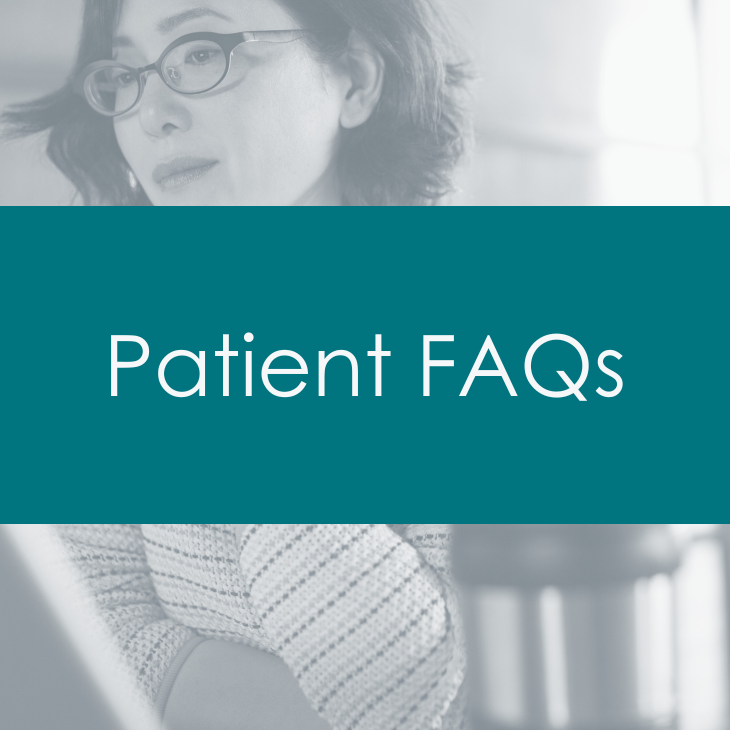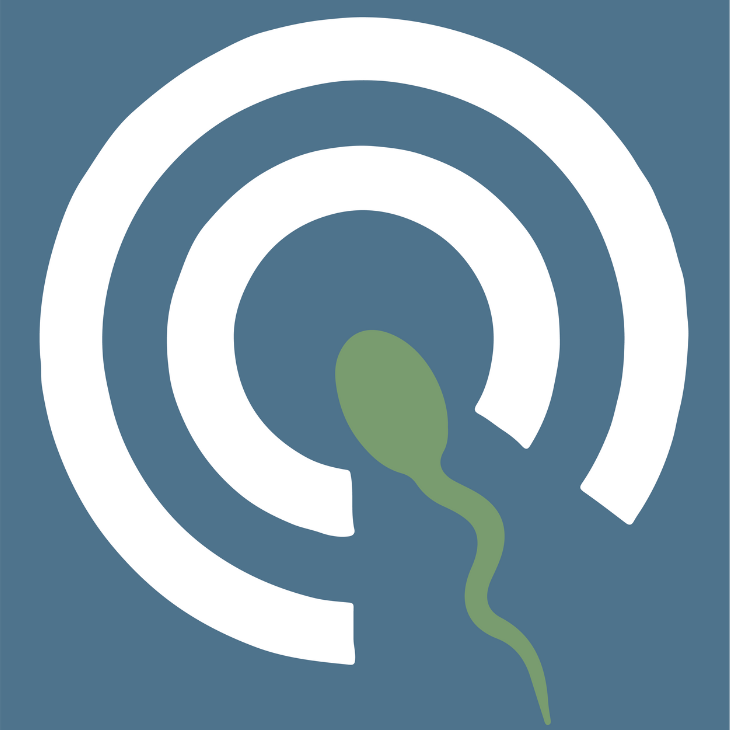Adoption: Where to Start and What to Think About
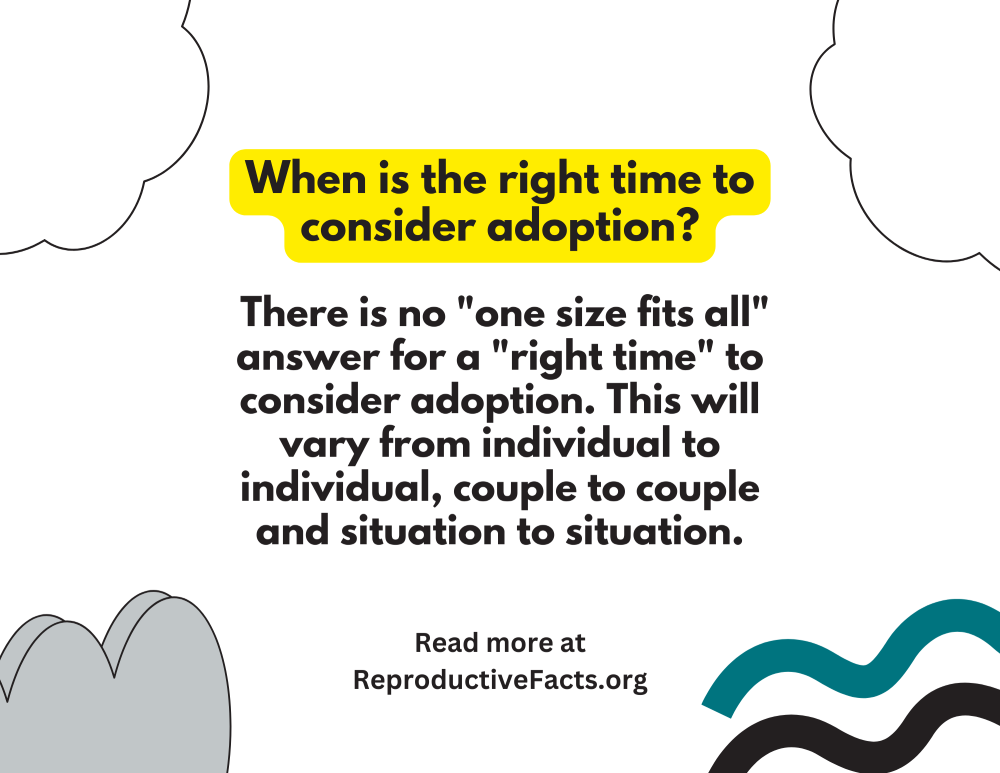 For many infertile couples, making the decision to adopt can be just as hard as undergoing fertility treatment. There are many questions, doubts, and fears that often come up. Some people choose to adopt instead of having fertility treatments, while others decide to adopt only after fertility treatment does not result in the birth of a child.
For many infertile couples, making the decision to adopt can be just as hard as undergoing fertility treatment. There are many questions, doubts, and fears that often come up. Some people choose to adopt instead of having fertility treatments, while others decide to adopt only after fertility treatment does not result in the birth of a child. There are different roads to adoption and each way has different requirements and procedures, though some are true for all types of adoption. Gathering information is key. Read, study, plan, and prepare as much as possible before beginning the adoption process. Many states offer or require training sessions to help families learn about adoption and prepare for their adopted children’s needs. This fact sheet provides some of the basic points you should know about the adoption process.
Adoptions can be arranged through a private, county, or state agency, or they can be organized independently, either internationally or domestically. Independent adoptions usually involve doctors, counselors, facilitators, and attorneys to make sure the process is done correctly and legally.
Adoption laws are different from state to state and country to country. It is very important to know the laws for your particular adoption situation. If you decide to adopt a child from outside the United States, it is also important to understand the rules, policies, procedures, regulations, laws, and cultural issues for the specific country you are considering.
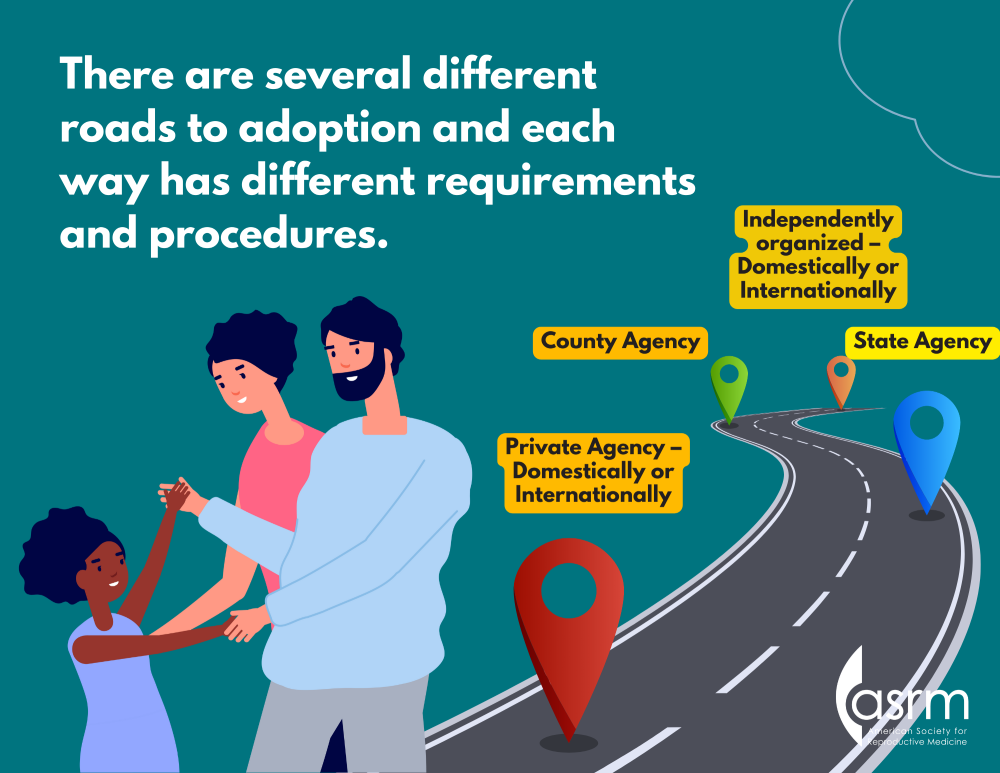 Adoption costs vary widely. Public agency adoptions often cost less than private agency or independent adoptions. International adoptions have the added expenses of travel, hotel, and food, as well as time away from home and work. Some employers provide adoption benefits for their employees, such as parental leave or adoption-cost supplements. Certain federal laws, such as the Family and Medical Leave Act, may also apply. Check with your human resources department.
Adoption costs vary widely. Public agency adoptions often cost less than private agency or independent adoptions. International adoptions have the added expenses of travel, hotel, and food, as well as time away from home and work. Some employers provide adoption benefits for their employees, such as parental leave or adoption-cost supplements. Certain federal laws, such as the Family and Medical Leave Act, may also apply. Check with your human resources department. Adoption wait times vary widely depending on where the child is from (international versus domestic), race, and other individual characteristics (special needs, ethnicity, etc.).
Although closed (confidential) adoptions used to be common, this is not the case today. Many domestic adoptions (from within the United States) are open adoptions. This means the birth parents and the adoptive parents share identifying information. This is different from international adoptions where there is very little, if any, information available about the birth parents or the child’s history.
AN OVERVIEW OF THE ADOPTION PROCESS
- Consider the type of adoption arrangement that best suits your needs and wants. Some important things to consider include: open adoption versus closed adoption, agency versus private, country of origin, and the child you want to adopt (gender, race, age, special needs). Educate yourself as you narrow down your options. Gather information from agencies, attorneys, support programs, mental health professionals, and adoption organizations. Attend seminars and support groups that focus on adoption as a way to build a family. Friends and family also can be an incredible resource and may surprise you by helping you in your search. Contact an adoption agency to learn about the requirements and submit an application.
- Most agencies require a home study. This involves a visit to your home by a social worker to meet you and verify that you are able to care for a child. The social worker is there to help and support you and does not want to get in the way of your efforts. S/he may offer guidance in getting your home ready for a child and might have some valuable suggestions about the process. Social workers are not there to scrutinize you or your lifestyle. Some prospective parents find this process worrisome before the visit but afterward often comment that “it was easy” and it was “no big deal.”
- When your child is placed with you, the agency or attorney will help you file the necessary legal papers to finalize the arrangement. The amount of time you have to complete this process varies from situation to situation.
- Most of all, enjoy being a parent with all its trials and tribulations and sleepless nights. There is a period of adjustment and if you need help in any way, do not hesitate to reach out to others. It’s also important to tell children about their adoption. There are many resources to help you share their birth story with them in a loving and embracing way.
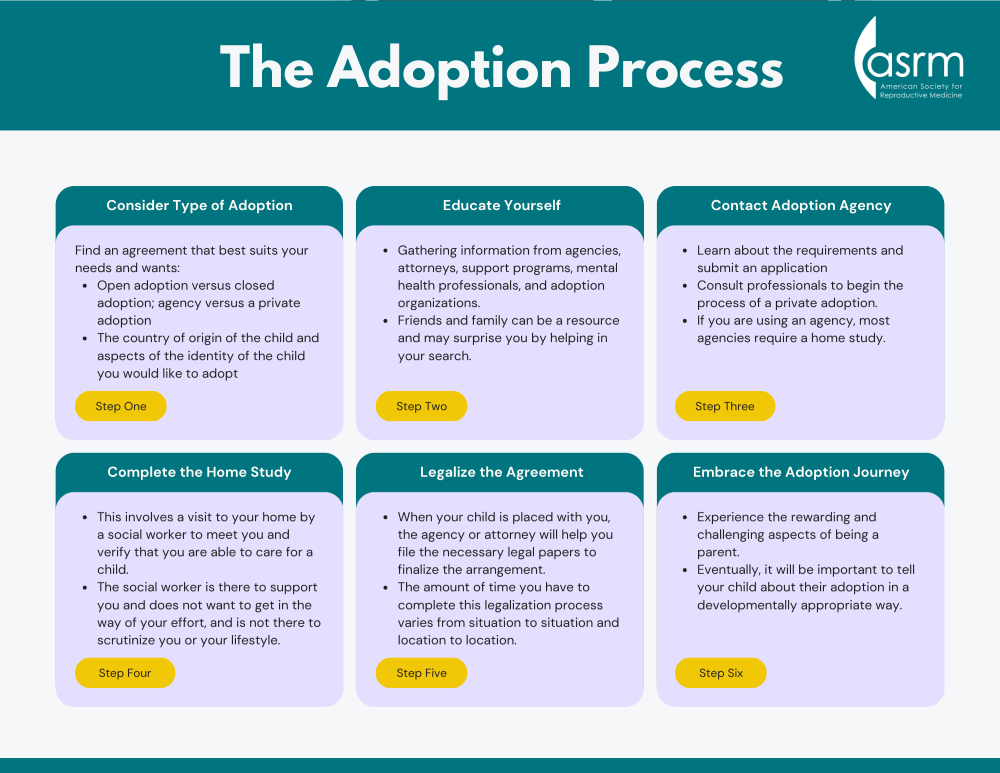
Remember, some infertile couples find it comforting to have a “back burner” plan such as adoption, while others are not ready to explore other options yet. Do what feels right for you and your situation. If you decide to adopt after not having a child using fertility treatment, give yourself enough time to grieve for what won’t happen. Then you can embrace what will happen. As with any way of creating a family, adoption is a lifetime commitment with lifelong challenges and rewards. No matter which type of adoption you decide to follow, you’ll discover that adopting a child can be a very rewarding experience.
Fact Sheets/Booklets
View more fact sheets and booklets written by the ASRM Patient Education Committee.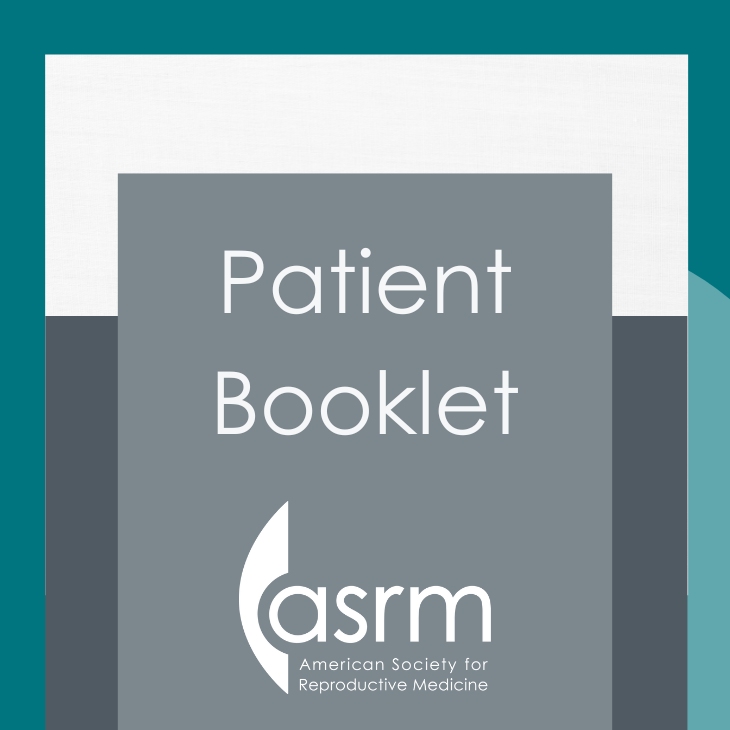
Assisted Reproductive Technologies (booklet)
This booklet will help you understand in vitro fertilization (IVF) and other assisted reproductive technology (ART) that have become accepted medical treatments for infertility.
Hormonal Contraception
Hormonal contraceptives contain a progestin (progesterone medicine) with or without an estrogen.
What do I need to know about Zika virus and trying to have a baby?
Common symptoms include fever, rash, joint pain, conjunctivitis (red eyes), muscle pain, and headache.
Third-Party Reproduction
The phrase “third-party reproduction” refers to involving someone other than the individual or couple that plans to raise the child (intended parent[s]) in the process of reproduction.Find a Health Professional
Connect with reproductive medicine experts who will guide you through your unique journey. Our search tool allows personalized matches based on location, specialization, and expertise. Take control of your reproductive health with compassionate providers, innovative treatments, and unwavering support.
Search for an Expert






